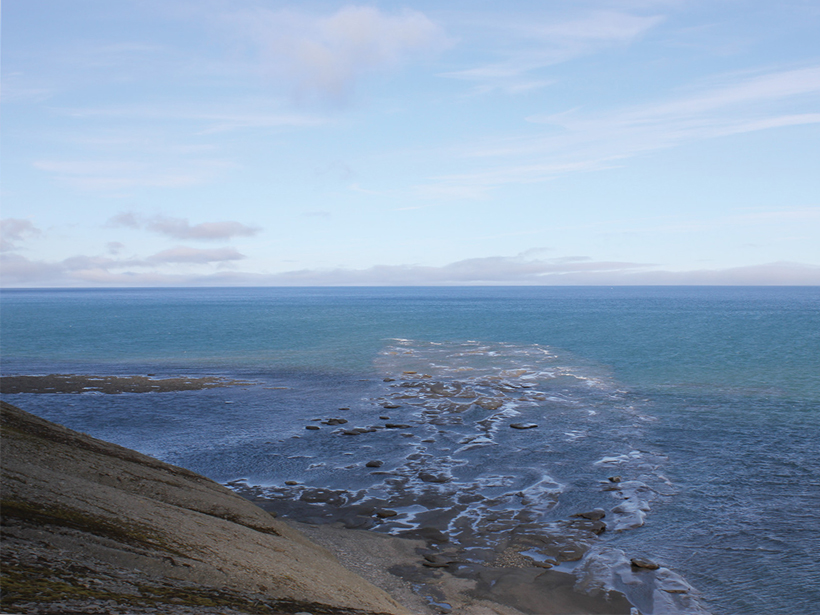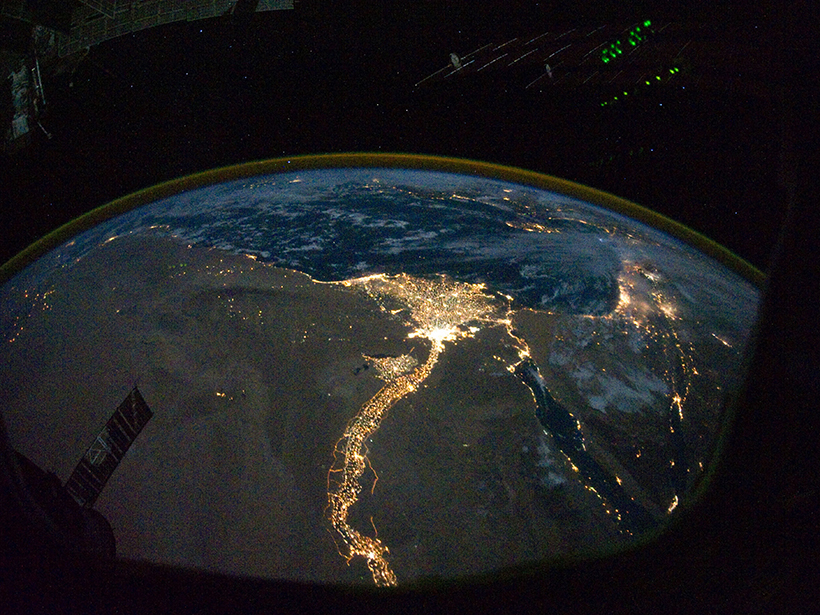If this Triassic period delta existed today, its footprint would equal about 1% of all land on Earth.
Centennial Collection
Marking the 100th anniversary of AGU and Eos, this collection celebrates a century of achievements in the Earth and space sciences and looks forward to the next 100 years of scientific discovery and transformation.
How Did We Get Here?
With a discovery made from fossils in the seabed, paleoceanographers and paleoclimatologists began tracing the delicate path between ancient eras and our future.
The Renaissance of Hydrology
Hydrology has evolved as a transdisciplinary, data-driven science in a remarkably short period of time.
Looking Down to Reach to the Stars
Discoveries deep beneath Earth’s surface drive planetary exploration, and discoveries on other planets inform our understanding of the world beneath our feet.
Scientists Discover Pristine Collection of Soft-Tissue Fossils
The fossils include jellyfish, box jellies, branched algae, and sponges, which are underrepresented in or missing from other deposits.
Luna B. Leopold: Geoscience Pioneer
He conducted river morphology research based on systematic and reproducible measurements, pushing fluvial hydrology to become a more quantitative science.
Podcast: Toxic City Under the Ice
In the latest episode of its Centennial series, AGU’s Third Pod from the Sun recounts the history of a top-secret military project with unintended environmental consequences.
Some Waterfalls May Be Self-Made
Waterfalls sometimes imply a past dramatic event, like tectonic uplift or a landslide. Self-formed waterfalls could challenge that interpretation.
Everything Is Connected
The field of hydrology embraces the balance of worldwide systems and local behavior.
Isotope Geochemists Glimpse Earth’s Impenetrable Interior
Painstaking measurements of isotopes and their relative abundance in rocks have illuminated the hidden inner Earth and our planet’s origins and shadowy past for much of the preceding century.










